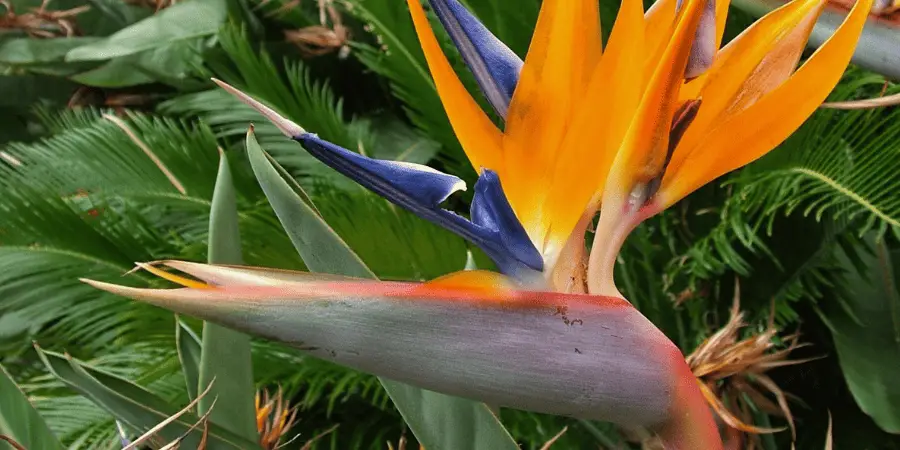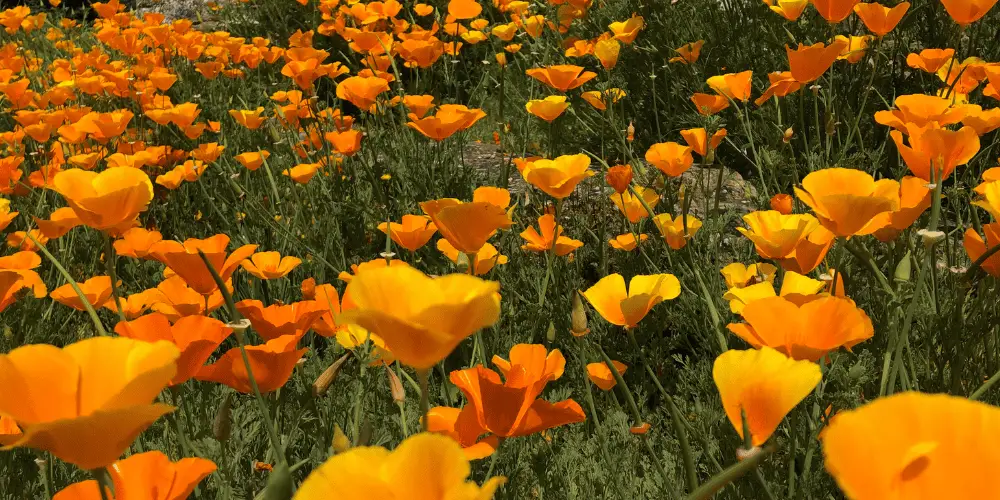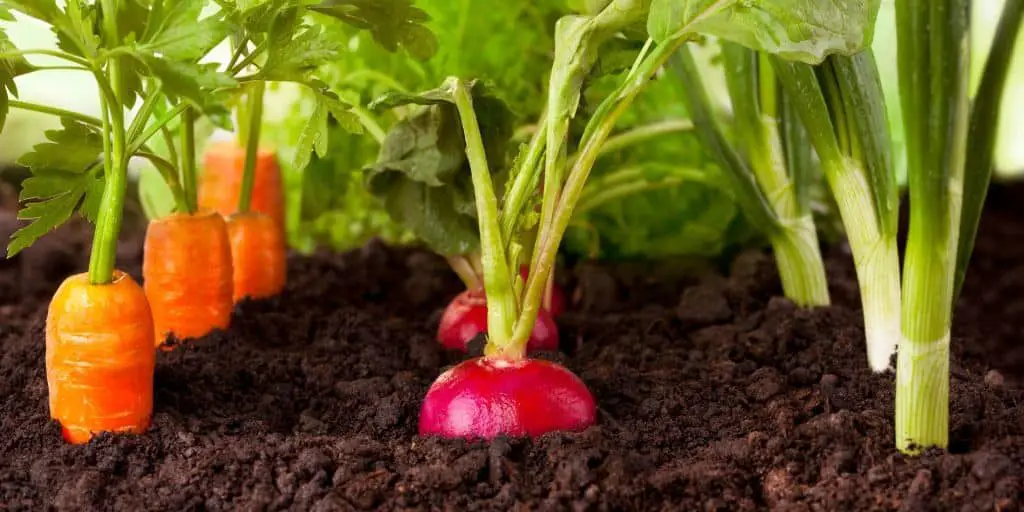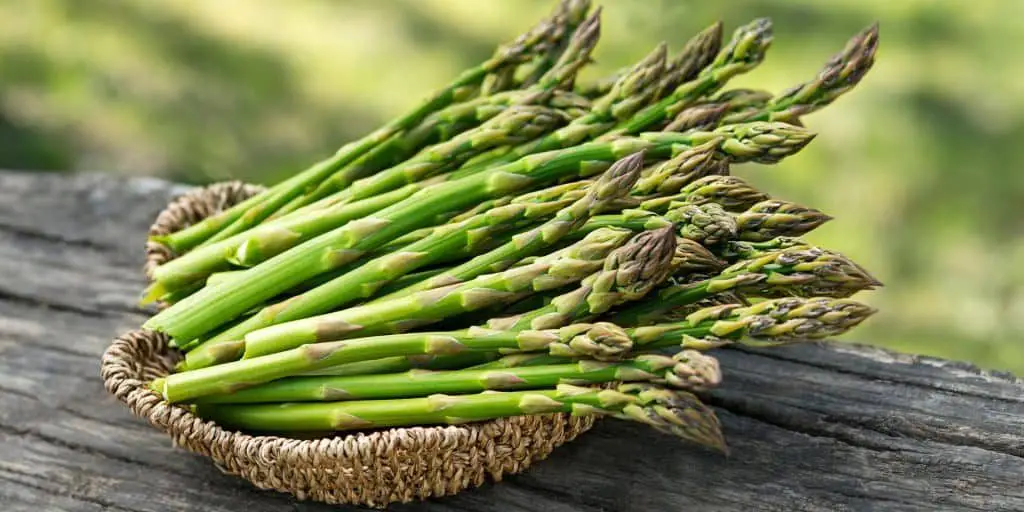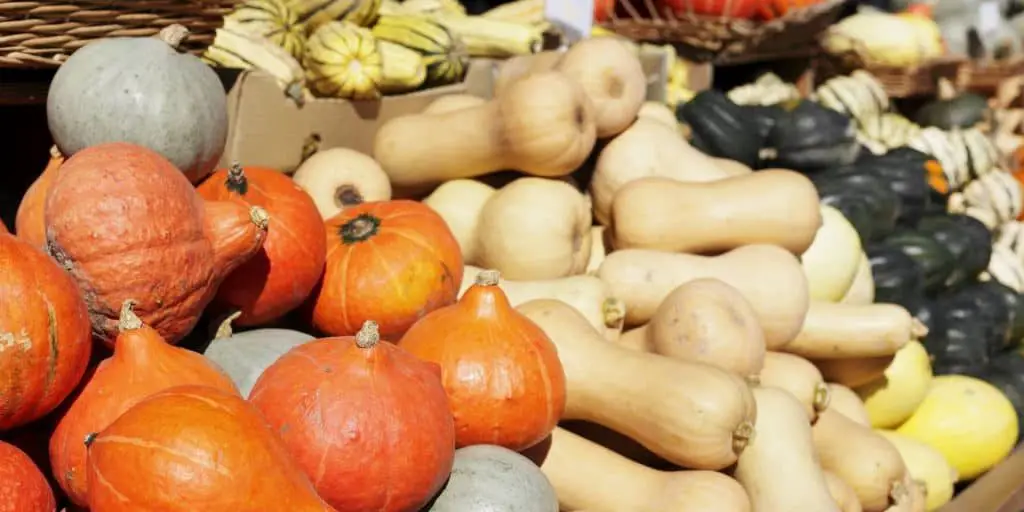
The Golden Poppy: California’s Vibrant Emblem
In the heart of California’s stunning landscapes, where rolling hills meet the endless blue of the Pacific Ocean, lies a flower that embodies the essence of the Golden State. Its brilliant hue captures the very spirit of the land it calls home, and its journey from obscurity to fame is a testament to the resilience of nature and the deep connection between people and their environment. Welcome to the world of the California State Flower.
The Poppy’s Radiant Reign
The California State Flower, known scientifically as Eschscholzia californica, is more commonly recognized by its nickname, the California Poppy. Its vibrant golden-orange petals, often reminiscent of a vivid sunset, have earned it a special place in the hearts of Californians and nature enthusiasts worldwide. Let’s delve into the rich tapestry of this iconic flower, exploring its history, significance, cultivation, and its impact on California’s identity.
A Blossom Born in History
The California Poppy has deep historical roots, dating back centuries. Native Americans, including the Paiute and Miwok tribes, used the plant for medicinal and ornamental purposes long before Europeans arrived on the continent. It wasn’t until the early 19th century that this flower gained recognition beyond indigenous cultures.
During the California Gold Rush of the mid-1800s, fortune-seekers from around the world flocked to the region, forever altering the state’s landscape. Amidst the dramatic societal and environmental changes, the California Poppy began to shine, quite literally, as miners and settlers marveled at its vibrant blooms.
In 1903, the California State Floral Society conducted a statewide vote to select an official state flower. The California Poppy emerged as the winner, solidifying its place as a cherished symbol of the state’s unique beauty.
Poppy’s Seasonal Symphony
One of the California Poppy’s most captivating features is its seasonal bloom. This wildflower typically graces California’s landscapes from late February to early May, depending on local weather conditions. The sight of vast poppy fields carpeting the terrain in a brilliant sea of gold is a spectacle that attracts photographers, nature enthusiasts, and tourists from all over the world.
Cultivating California’s Sunshine
If you’ve ever tried your hand at gardening, you might have contemplated growing a piece of California in your own backyard. Fortunately, cultivating the California State Flower isn’t as challenging as striking gold during the Gold Rush. Here’s how to bring a touch of California’s sunshine to your own garden:
- Choose the Right Location: California Poppies thrive in full sunlight. Select a spot in your garden that receives at least 6 hours of direct sunlight per day.
- Well-Drained Soil: These wildflowers prefer well-drained soil, so ensure your garden bed has good drainage to prevent root rot.
- Sow Seeds: California Poppies are typically grown from seeds. Scatter the seeds over the prepared soil and lightly press them down, but don’t bury them too deep.
- Water Wisely: While California Poppies are drought-tolerant, they still need some water. Water sparingly, and avoid overwatering, as it can lead to root rot.
- Enjoy the Show: In a few weeks, you’ll witness the glorious display of golden-orange blooms that epitomize the California State Flower.
- Collect Seeds: To ensure the continued presence of California Poppies in your garden, collect the seeds once the blooms have faded. Store them in a cool, dry place for future planting.
Poppies Beyond Borders
The California State Flower’s appeal doesn’t stop at state lines. Its vibrant beauty and symbolism have transcended borders, making it a popular choice for gardens around the world. Many gardeners outside California cherish this flower for its hardiness, versatility, and striking appearance. Whether you live in New York, London, or Sydney, you can bring a touch of California to your garden by cultivating these stunning poppies.
Frequently Asked Questions about the California State Flower
1. What is the scientific name of the California State Flower?
- The California State Flower, commonly known as the California Poppy, is scientifically named Eschscholzia californica.
2. Is it illegal to pick California Poppies in the wild?
- Yes, in California, it is illegal to pick California Poppies in the wild. These native wildflowers are protected by state law, and picking them can result in fines.
3. Are California Poppies drought-resistant?
- Yes, California Poppies are known for their drought resistance. They have adapted to the state’s arid climate and can thrive with minimal water once established.
4. Can I grow California Poppies in pots or containers?
- Yes, you can grow California Poppies in pots or containers. Ensure the containers have well-draining soil and place them in a sunny spot.
5. Are there different varieties of California Poppies?
- Yes, there are several varieties of California Poppies, including the classic golden-orange variety as well as variants with pink, red, or white blooms.
6. Can I buy California Poppy seeds online?
- Yes, you can purchase California Poppy seeds online from various seed retailers and nurseries. Make sure to choose a reputable source for quality seeds.
7. Do California Poppies attract pollinators?
- Yes, California Poppies are known to attract pollinators like bees and butterflies, making them a valuable addition to pollinator-friendly gardens.
Conclusion
The California State Flower, the California Poppy, is more than just a symbol of the state’s natural beauty; it represents the resilience of nature, the rich history of California, and the enduring connection between people and the environment. Its vibrant golden blooms continue to captivate hearts, not only in California but across the globe. Whether you’re a gardener seeking to add a touch of California to your landscape or a traveler yearning to witness its seasonal splendor, the California Poppy stands as a testament to the enduring allure of the Golden State’s flora. So, let its golden radiance inspire you, and may it forever bloom in your heart.
